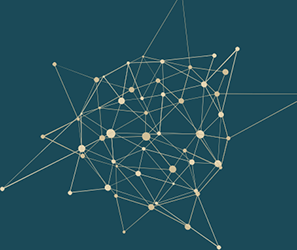Speaker
Description
Axion-like particles (ALPs) appear in various new physics models with spontaneous global symmetry breaking. When the ALP mass is in the range of MeV to GeV, the cosmology and astrophysics bounds are so far quite weak. In this work, we investigate such light ALPs through the ALP-strahlung production process $pp \to V a (\to \gamma\gamma)$ at the 14 TeV LHC with an integrated luminosity of 3000 fb$^{-1}$ (HL-LHC). Building on the concept of jet image which uses calorimeter towers as the pixels of the image and measures a jet as an image and several jet substructure variables, we propose two methods to identify the highly boosted ALPs which decay to a pair of highly collimated photons. With the photon-jet algorithm and the CNN tagging algorithm, we demonstrate that our approaches can extend current LHC sensitivity and probe the ALP mass range from 0.3~GeV to 10~GeV. The obtained bounds are stronger than the existing limits on the ALP-photon coupling.




